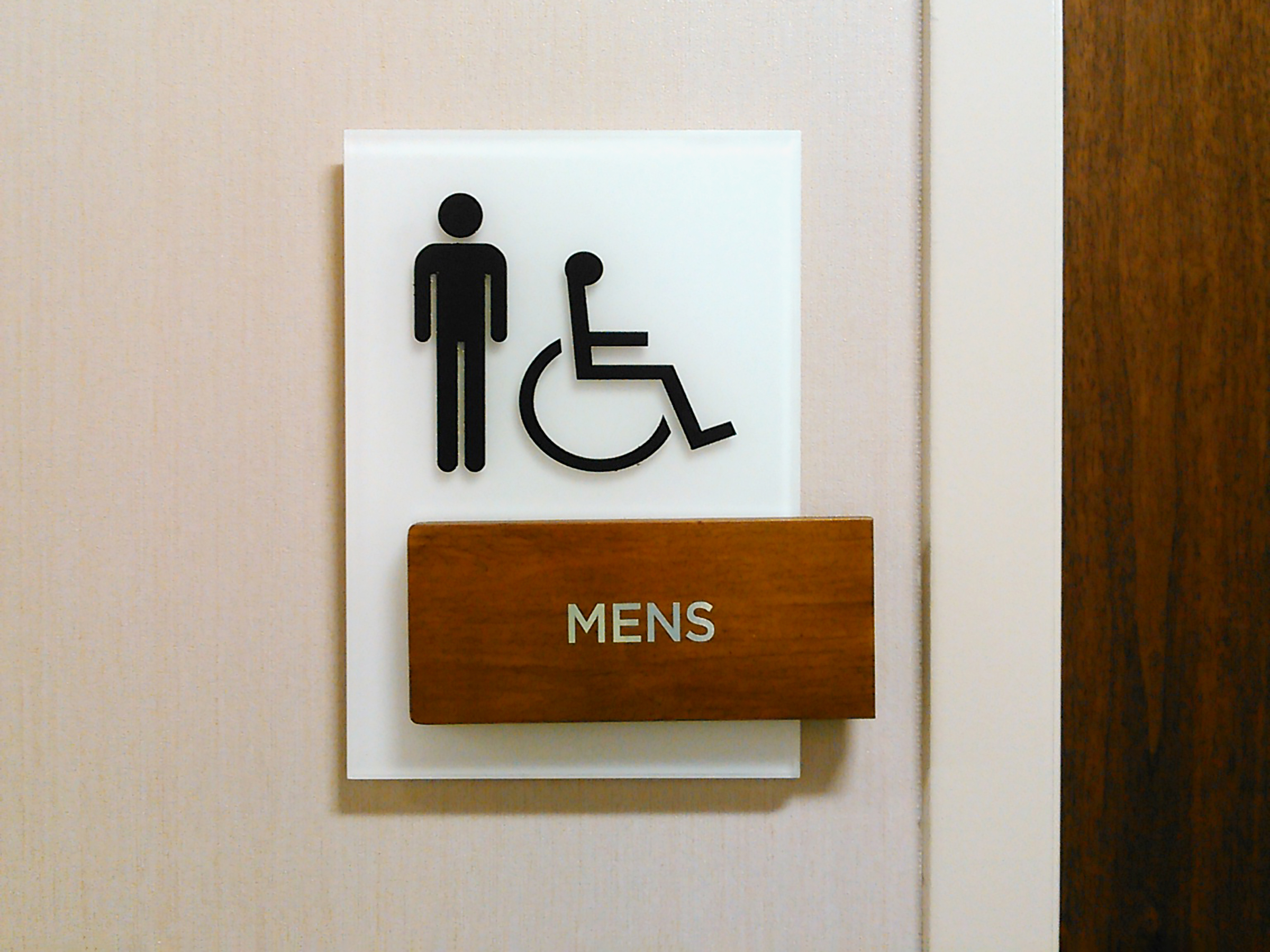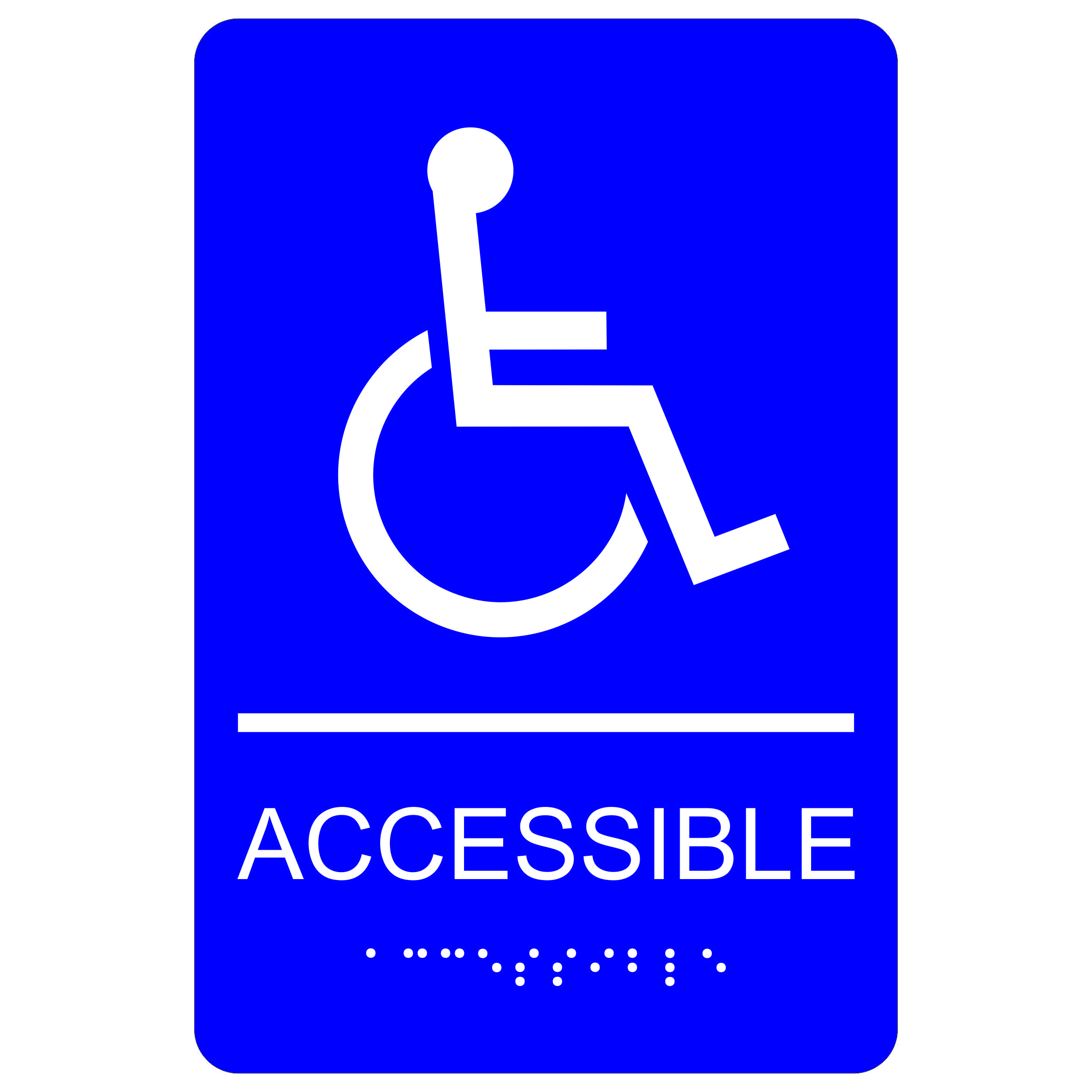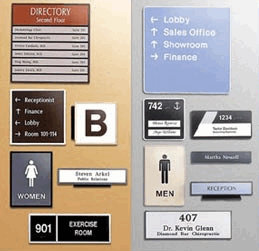Customizing ADA Signs to Satisfy Your Specific Requirements
Customizing ADA Signs to Satisfy Your Specific Requirements
Blog Article
Exploring the Key Attributes of ADA Indications for Enhanced Accessibility
In the world of access, ADA signs serve as quiet yet effective allies, guaranteeing that rooms are navigable and inclusive for people with impairments. By integrating Braille and tactile aspects, these indications damage barriers for the visually damaged, while high-contrast color plans and readable typefaces provide to varied visual demands.
Importance of ADA Conformity
Ensuring conformity with the Americans with Disabilities Act (ADA) is important for cultivating inclusivity and equal gain access to in public spaces and offices. The ADA, established in 1990, mandates that all public centers, employers, and transport solutions accommodate people with disabilities, guaranteeing they appreciate the very same rights and possibilities as others. Compliance with ADA requirements not just satisfies legal commitments however additionally boosts a company's reputation by demonstrating its dedication to diversity and inclusivity.
One of the vital facets of ADA compliance is the execution of easily accessible signage. ADA indications are designed to ensure that individuals with disabilities can easily browse through structures and areas.
Furthermore, adhering to ADA laws can alleviate the danger of lawful repercussions and prospective fines. Organizations that stop working to abide by ADA standards may encounter claims or penalties, which can be both destructive and economically burdensome to their public photo. Thus, ADA compliance is essential to promoting a fair environment for everybody.
Braille and Tactile Elements
The consolidation of Braille and tactile elements into ADA signs symbolizes the concepts of access and inclusivity. These features are important for individuals that are blind or visually impaired, enabling them to browse public areas with greater self-reliance and self-confidence. Braille, a responsive writing system, is essential in providing created info in a layout that can be easily regarded through touch. It is usually placed under the corresponding text on signage to make certain that people can access the info without aesthetic assistance.
Responsive aspects expand past Braille and include raised signs and personalities. These components are designed to be noticeable by touch, allowing people to recognize area numbers, toilets, departures, and other crucial areas. The ADA sets specific guidelines relating to the size, spacing, and placement of these responsive aspects to enhance readability and guarantee consistency throughout different atmospheres.

High-Contrast Color Systems
High-contrast color systems play a critical function in improving the exposure and readability of ADA signs for individuals with visual problems. These systems are crucial as they take full advantage of the difference in light reflectance between text and history, ensuring that indications are quickly discernible, also from a distance. The Americans with Disabilities Act (ADA) mandates the usage of specific color contrasts to accommodate those with restricted vision, making it a vital facet of conformity.
The effectiveness of high-contrast shades exists in their ability to stand apart in different lighting problems, consisting of poorly lit environments and areas with glow. Generally, dark text on a light background or light message on a dark background is used to accomplish ideal comparison. For circumstances, black message on a white or yellow history offers a raw visual distinction that assists in fast recognition and comprehension.

Legible Fonts and Text Size
When considering the design of ADA signs, the option of clear font styles and appropriate message size can not be overemphasized. These elements are crucial for ensuring that indications are obtainable to individuals with aesthetic problems. The Americans with Disabilities Act (ADA) mandates that fonts should be not italic and sans-serif, oblique, manuscript, extremely decorative, or of uncommon form. These needs help guarantee that the message is quickly legible from a range and that the personalities are distinguishable to varied audiences.
The size of the text likewise plays a critical function in access. According to ADA standards, check out here the minimal text height need to be 5/8 inch, and it should enhance proportionally with watching range. This is specifically vital in public rooms where signage demands to be checked out quickly and accurately. Consistency in text size adds to a cohesive aesthetic experience, assisting people in browsing environments successfully.
In addition, spacing in between lines and letters is essential to readability. Appropriate spacing prevents characters from appearing crowded, improving readability. By adhering to these criteria, developers can considerably improve availability, ensuring that signage serves its intended purpose for all individuals, no matter their aesthetic capabilities.
Effective Placement Strategies
Strategic placement of ADA signage is important for optimizing accessibility and making sure compliance with legal criteria. Appropriately located signs lead individuals with handicaps efficiently, assisting in navigation in public spaces. Trick factors to consider consist of elevation, exposure, and distance. ADA guidelines state that indicators need to be placed at a height between 48 to 60 inches from the ground to guarantee they are within the line of view for both standing and seated individuals. This conventional elevation variety is vital for inclusivity, enabling mobility device customers and people of varying heights to access information effortlessly.
Additionally, signs must be put adjacent to the latch side of doors to permit easy identification prior to entrance. This placement helps people situate rooms and spaces without obstruction. In cases where there is no door, indicators ought to be positioned on the closest surrounding wall. Consistency in sign placement throughout a facility improves predictability, decreasing complication and boosting total individual experience.

Verdict
ADA signs play a vital role in promoting ease of access by incorporating features that resolve the needs of individuals with specials needs. Incorporating Braille and tactile components ensures vital info comes to the aesthetically damaged, while high-contrast shade schemes and legible sans-serif fonts enhance visibility click this site across numerous lighting conditions. Effective positioning strategies, such as proper installing elevations and critical locations, additionally promote navigating. These aspects jointly cultivate a comprehensive setting, highlighting the importance of ADA conformity in making certain equivalent access for all.
In the realm of accessibility, ADA indicators offer as quiet yet powerful allies, ensuring that rooms are inclusive and accessible for people with disabilities. The ADA, enacted in 1990, mandates that all public centers, employers, and transport services accommodate people with specials needs, ensuring they delight in the exact same rights and chances as others. ADA Signs. ADA indicators are created to guarantee that people with handicaps can conveniently navigate via rooms and structures. ADA guidelines stipulate that indications should be installed at a height in between 48 to 60 inches from the ground to ensure they are within the line of view for both standing and seated individuals.ADA indicators play a crucial role in promoting ease of access by incorporating features that resolve the needs of people with impairments
Report this page